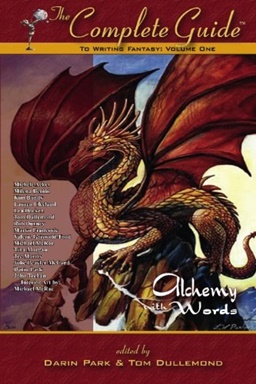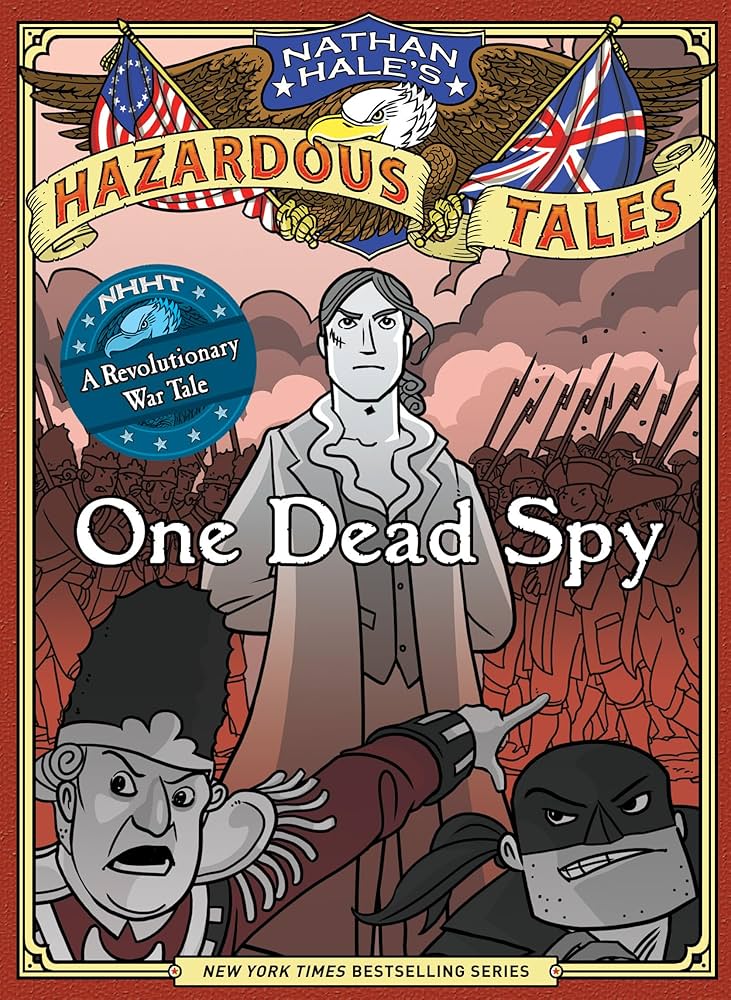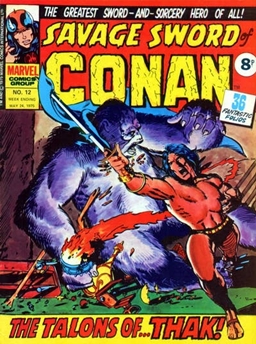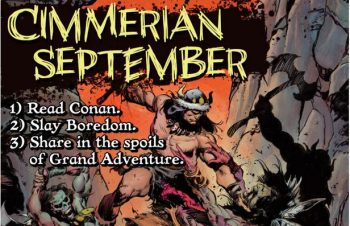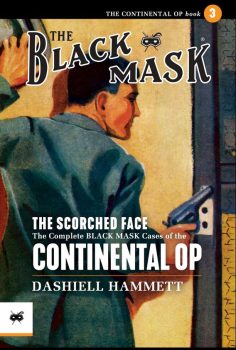Writing Advice: Creating Character (Red Sneaker Writers)

It’s been a year, so let’s look at another volume of William Bernhardt’s awesome Red Sneaker Writers books. These things are absolute treasures.
I started reading William Bernhardt’s Ben Kincaid books back in the mid-nineties. I seem to recall I went on a ‘lawyer’ kick and read him, Steve Martini, and Robert K. Tannenbaum, all around the same time. But years later, Bernhardt made a bigger impact on me with his Red Sneaker Writers series. These slim volumes with the brightly attractive colors are jam-packed with great writing advice. The first book I read was on story structure, and I think it’s still my favorite. Though every one has been both interesting to read and thought-provoking. If I ever get my act together, I’ll add “taught me a lot.”
I’ve read through a couple of them more than once, making notes on paper (I CANNOT highlight a physical book. I’m incapable of it). Last year, I decided to be a little more systematic and I went through EVERY title, be it Theme, Plot, Character – all of them: and I outlined the key points in each chapter. I printed them all out and have a very cool binder. Which, if I ever actually sit down and write a novel, will be of great use.
I sent one of the outlines to him, telling him that I’d like to include it in a Black Gate post, promoting the series. He kindly granted his permission. Today, it’s the third outline in this series.
I’m fortunate that many actual, real, Writers (note the capital ‘W’) with books you can buy on Amazon, or at bookstores (if you can find one that is still in business), are friends of mine. And they are FAR more qualified than I am to talk abut writing advice. I think I hold my own as a Black Gate blogger, and there are worse Sherlock Holmes short stories out there than mine (And certainly better ones!). But my unfinished novel is just a bunch of words strung together, until I finish it.


